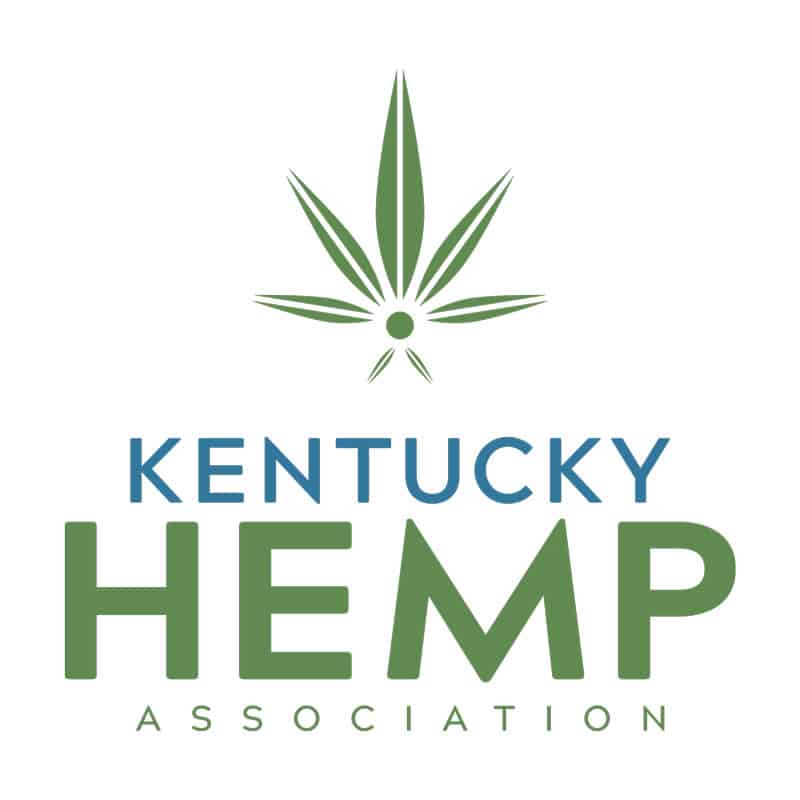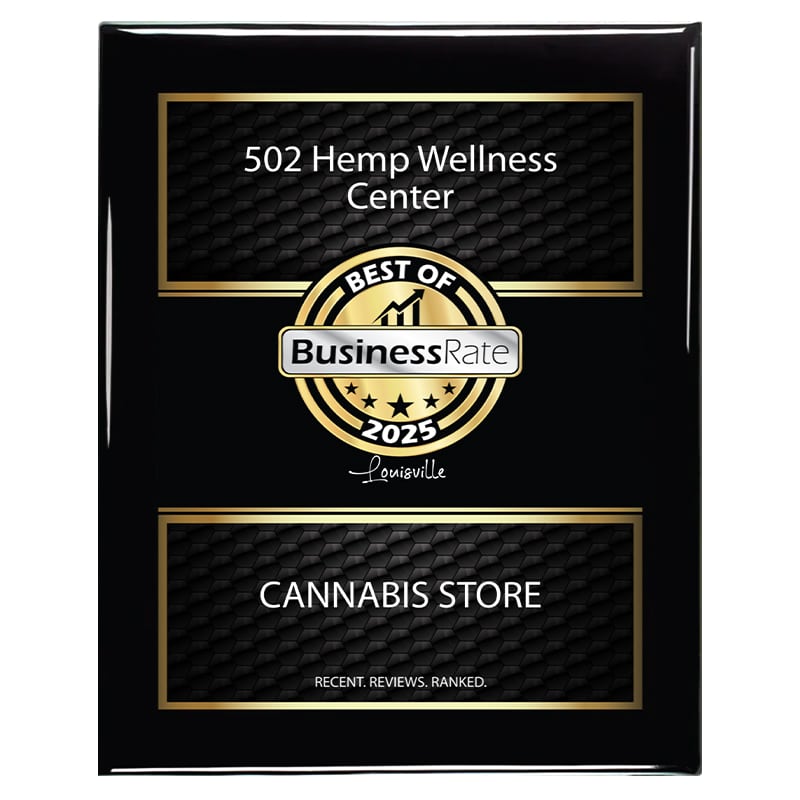Written by John Taylor, COO of Commonwealth Extracts
Hemp History
As early as the mid 1700s, mariners recognized the quality and durability of Kentucky grown hemp for use in cordage and coarse canvas required in sailing ships. In fact, the hemp that was produced in this region was considered the best in the world and sold at a premium. This continued through the late 19th Century until the invention of new technology and international production caused a slow decline in US production.
US Hemp production continued to decline beginning in the late 1800s and continued through the early 20th Century. This was due to pressure from foreign producers, mainly the Philippines. This decline was exacerbated with the invention of steam ships which replaced most of the sailing frigates, shortening the duration and lowering the cost of transit. The fatal blow to US based hemp production was the implementation of the Marijuana Tax Act in 1937; which effectively prohibited all production in an attempt to curtail Marijuana use.
“Hemp for Victory” was a marketing campaign developed by the US Dept. of Agriculture during WWII to recruit farmers to grow the crop once again to support the war effort. This was motivated by Dupont transferring manufacturing efforts to weapons and munitions along with the Japanese control of the Philippines and pacific region. As a result, there was a severe shortage of cordage and coarse canvas (required by Liberty ships and convoys) used to funnel supplies to the Allied forces in both theaters of war. This revitalization effort continued through the end of the war, when prohibition was reenacted after the short-term demand ended.
After the war, decreased demand was fueled by synthetic alternatives and regulatory challenges. Dupont patented Nylon in 1937 which was seen at the time as a revolutionary alternative to natural fiber. Once the war was over, Dupont reasserted its efforts producing and marketing this new alternative as superior to natural fibers. Due to federal legislation, without a federal tax stamp, farmers were prohibited from producing the crop as it was illegal to grow.
Recent changes in consumer preferences for sustainable, natural products has caused a resurgence in interest in the crop. Legislative changes in 2014 allowed for the implementation of pilot programs enacted by State’s Department of Agriculture. This was further expanded with the passage of the 2018 Farm bill, which removed hemp from the Controlled Substance Act and allowed for large scale production in the US. It should be no surprise that Kentucky would once again be the epicenter of the Hemp Universe.
What makes Kentucky Hemp better?
Similar to the way that Napa Valley, California or Chardonnay, France are known for their varietal wines, early settlers discovered long ago that better water makes a higher quality whiskey. This distinction is so profound that distillers in Kentucky coined the term “bourbon whiskey” as a way to differentiate whiskey produced in this region. In fact, Kentucky Bourbon is known around the world as the finest whiskey available. “If it is not from Kentucky, it is just plain whiskey!”
The same can be said for hemp and hemp-derived products. Kentucky is located in the heart of the best geographic region in the world for producing this crop. This is due to the abundant rainfall, mineral laden water, clay-based soils (enriched with sedimentary nutrients), and a warm humid climate found in this geographic region. Similar to tobacco, hemp grows best with the perfect combination of these agronomic conditions.
With the resurgence of US based hemp production, Kentucky will once again be the epicenter for these new commodities. For centuries, Kentucky has been known for tobacco, bourbon, and thoroughbred horses; all of which are made better from the water and soil conditions. We see hemp as yet another pillar in this legacy of world-renowned products found only in Kentucky.
502 Hemp is a direct source of Kentucky Proud hemp and CBD products. Quality matters.















